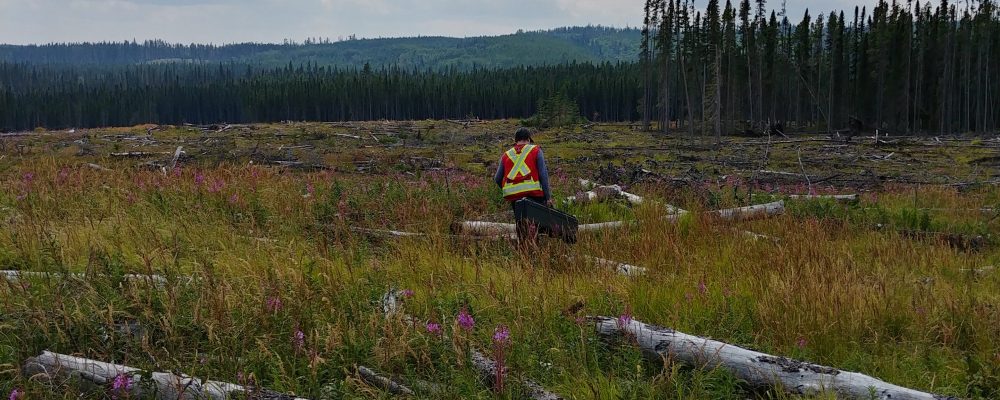 Eden McPeak conducting fieldwork, summer 2018. Photo credit: Hannah DuPerron
Eden McPeak conducting fieldwork, summer 2018. Photo credit: Hannah DuPerron Field trip to AlPac aspen plantation - Photo credit: Marzena Niemczyk
Field trip to AlPac aspen plantation - Photo credit: Marzena Niemczyk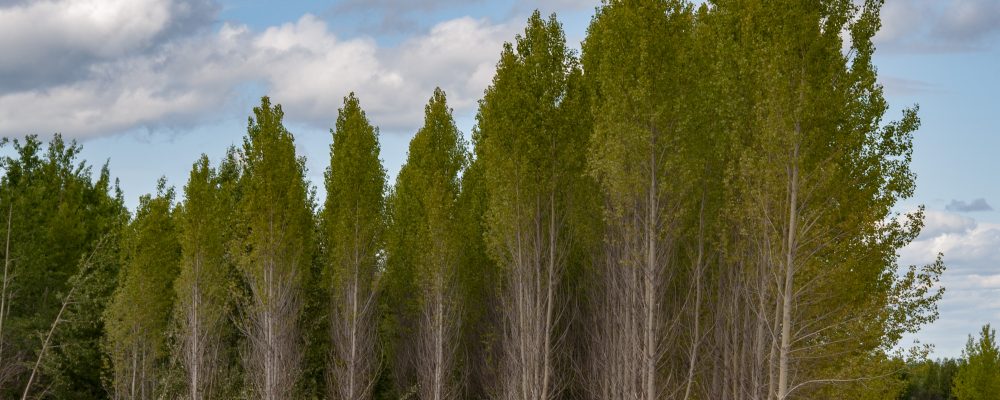 Field trip to AlPac - Photo credit: Marzena Niemczyk
Field trip to AlPac - Photo credit: Marzena Niemczyk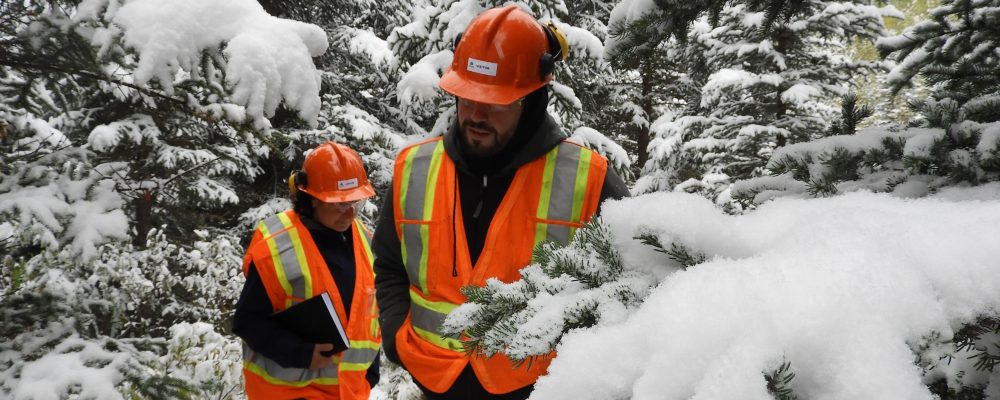 Simon Bockstette
Simon Bockstette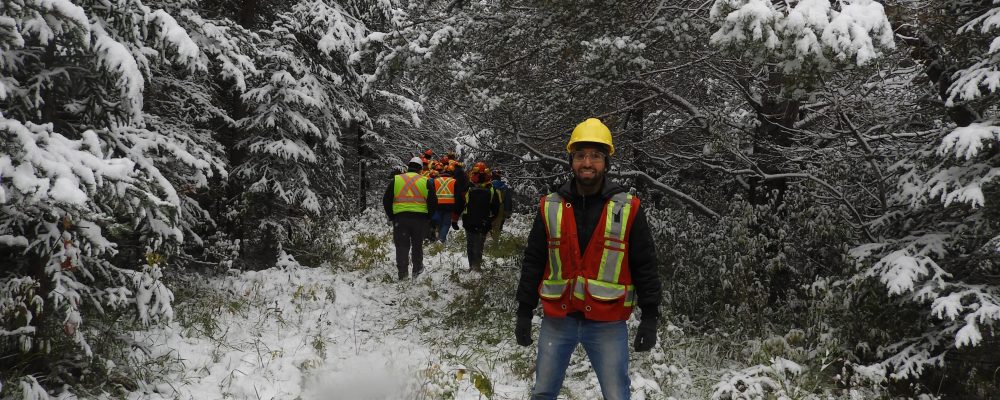 Esteban Galeano at the Tree Improvement Alberta field tour, Sept. 2018
Esteban Galeano at the Tree Improvement Alberta field tour, Sept. 2018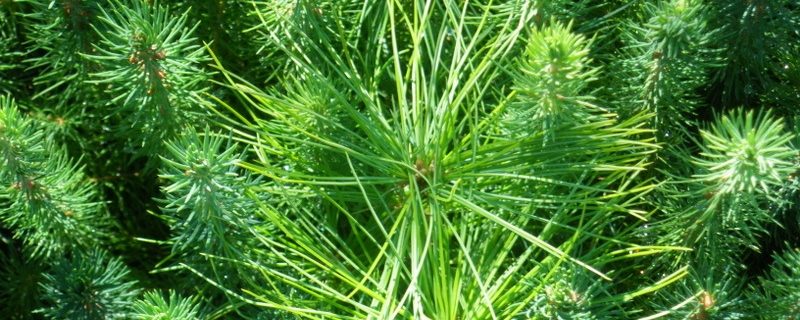
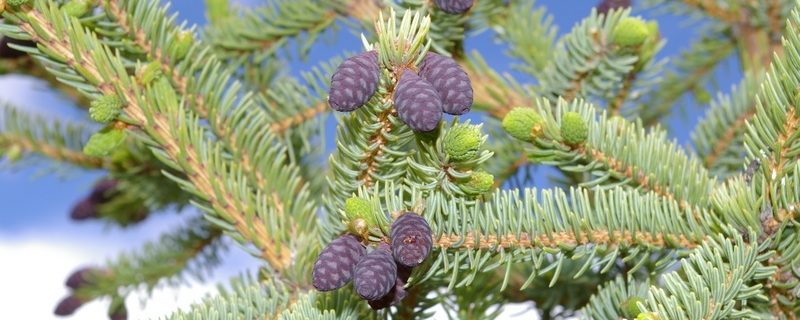
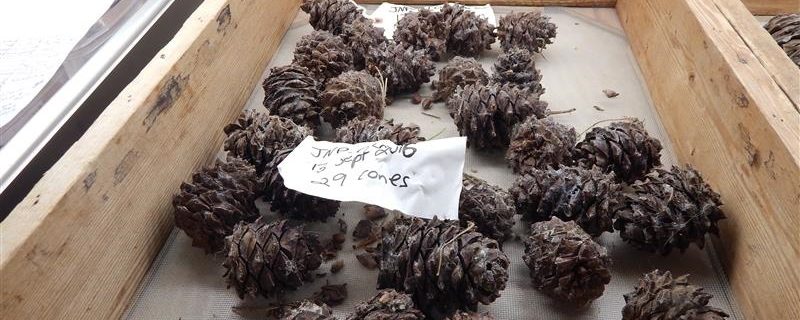
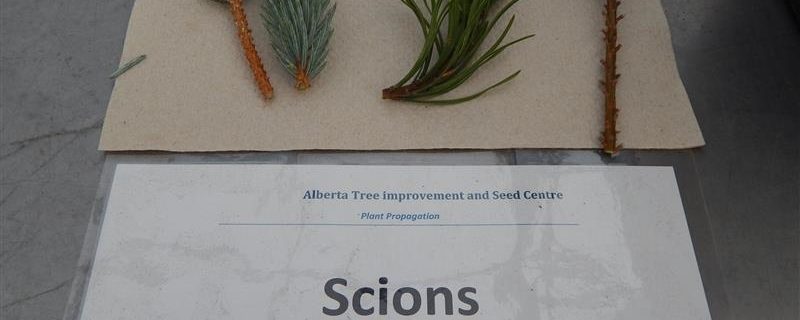
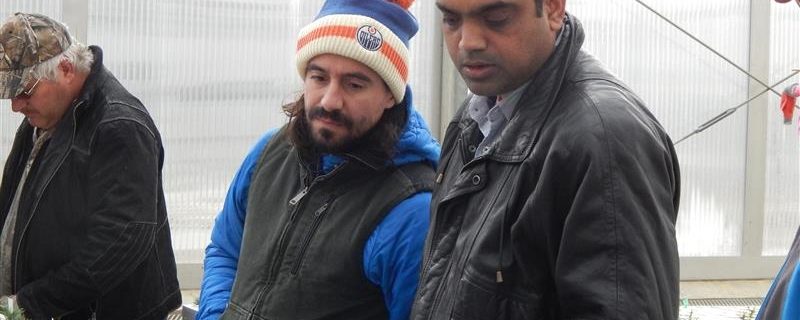
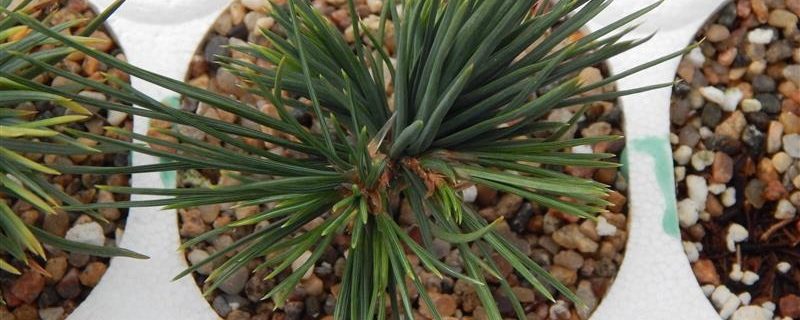
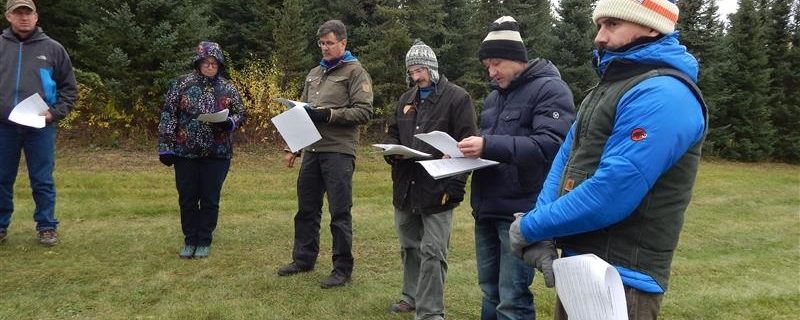

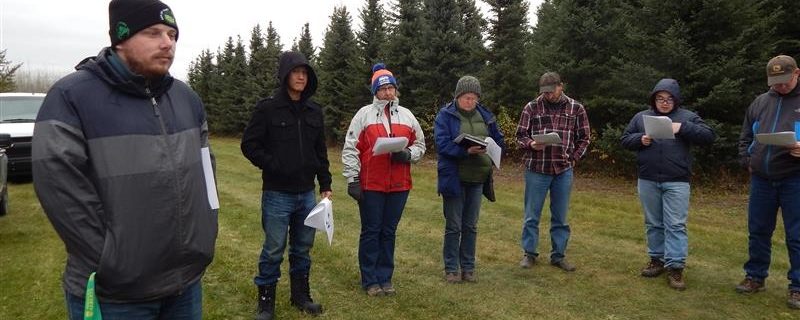
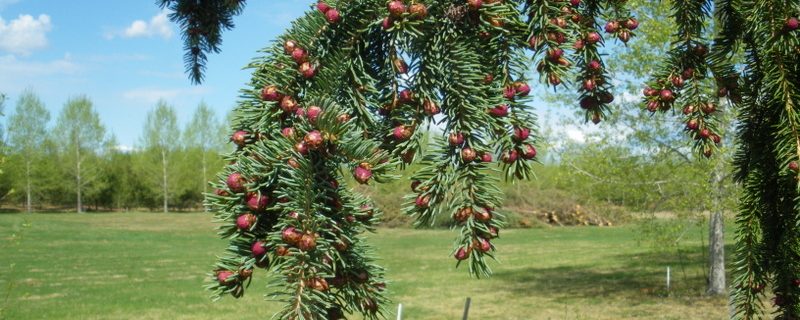
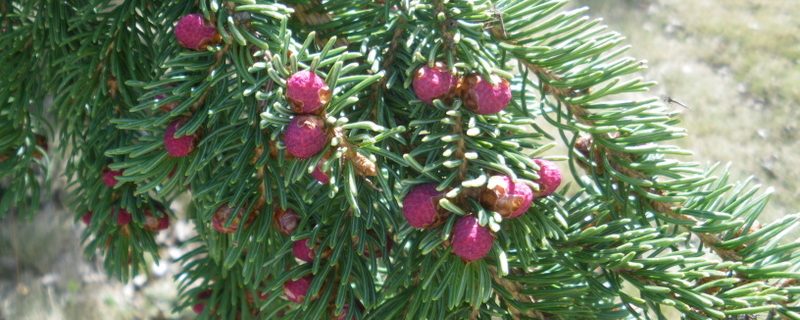 My Research and Goals Understanding ecophysiological responses to drought stress to assist with selection of parents and progeny adapted to climate change (eg: drought)
My Research and Goals Understanding ecophysiological responses to drought stress to assist with selection of parents and progeny adapted to climate change (eg: drought)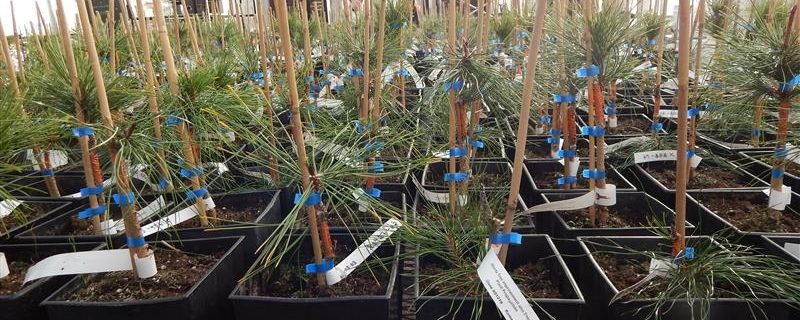
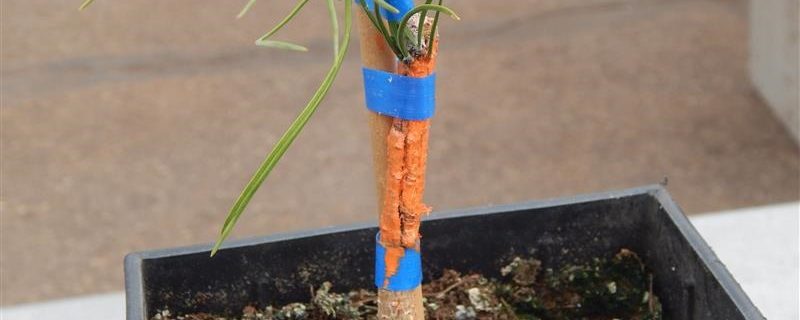
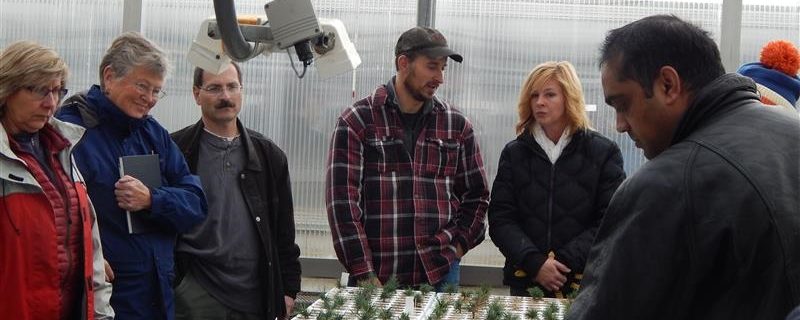
My Research and Goals
The research in our lab is focused on answering primarily applied questions addressing challenges in tree improvement. This lab began in September 2014 with the task of developing eight projects in conjunction with the forest industry and provincial Government through an industrial research chair in tree improvement. Answers we are currently looking for include:
- Determining how to increase the seed yield in a high elevation lodgepole pine orchard and understanding the impact of parent origin on cone serotiny
- Understanding ecophysiological responses to drought stress to assist with selection of parents and progeny adapted to climate change (eg: drought)
- Evaluating the economic impact of the current tree improvement structure of recognizing genetic gain relative to fibre flow and corporate investments
- Understanding the underpinning of hybrid vigour in balsam poplar through disparate population breeding within a species.
More fundamental research interests include understanding the trade-offs in the distribution of trembling aspen on the landscape relative to gender and resource availability. This question is being addressed through phenotypic, ecophysiological and genomic assessments.
Unfortunately, I am not accepting graduate students at this time (August 2022).
Most Recent Publications
-
- Szyp-Borowska I, Ukalska J, Niemczyk M, Wojda T, Thomas BR. Effects of Water Deficit Stress on Growth Parameters of Robinia pseudoacacia L. Selected Clones under In Vitro Conditions. Forests. 2022; 13(12):1979. https://doi.org/10.3390/f13121979
- Cappa, E.P., Chen, C., Klutsch, J.G. et al. Multiple-trait analyses improved the accuracy of genomic prediction and the power of genome-wide association of productivity and climate change-adaptive traits in lodgepole pine. BMC Genomics 23, 536 (2022). https://doi.org/10.1186/s12864-022-08747-7
- Liu, Y., Erbilgin, N., Ratcliffe, B., Klutsch, J. G., Wei, X., Ullah, A., Cappa, E. P., et al. Pest defenses under weak selection exert a limited influence on the evolution of height growth and drought avoidance in marginal pine populations. Proceedings of the Royal Society B: Biological Sciences. https://doi.org/10.1098/rspb.2022.1034
- Cappa, E.P., Ratcliffe, B., Chen, C., Thomas, B.R., Liu, Y., Klustch, J., Wei, X., Azcona, J. S., Benowicz, A., Sadoway, S., Erbilgin, N., El-Kassaby, Y.A. 2022. Improving lodgepole pine genomic evaluation using spatial correlation structure and SNP selection with single-step GBLUP. Heredity (2022). https://doi.org/10.1038/s41437-022-00508-2 Supplemental data: Heredity paper supplemental data Cappa et al. 2022
- Wei, X., Benowicz, A., Sebastian-Azcona, J., & Thomas, B. R. (2022). Genetic variation in leaf traits and gas exchange responses to vapour pressure deficit in contrasting conifer species. Functional Ecology, 00, 1–11. https://doi.org/10.1111/1365-2435.14007
- Cappa EP, Klutsch JG, Sebastian-Azcona J, Ratcliffe B, Wei X, Da Ros L, Liu Y, Chen C, Benowicz A, Sadoway S, Mansfield SD, Erbilgin N, Thomas BR, El-Kassaby YA. (2022) Integrating genomic information and productivity and climate-adaptability traits into a regional white spruce breeding program. PLOS ONE 17(3): e0264549. https://doi.org/10.1371/journal.pone.0264549
- Dawei Luo, Phil G. Comeau, and Barb R. Thomas. Effects of interspecific competition on early growth of genetically improved white spruce in mixedwood stands in northeastern Alberta. Canadian Journal of Forest Research. 52(5): 819-833. https://doi.org/10.1139/cjfr-2021-0300
-
Luo, Dawei, and Barb R. Thomas. “An analysis of age-age correlations in white spruce and lodgepole pine and how it applies to the growth and yield projection system (GYPSY) in Alberta (vol 482, pg 1, 2021).” FOREST ECOLOGY AND MANAGEMENT 503 (2022). https://doi.org/10.1016/j.foreco.2020.118865
- Pappas, C. et al. (2022). Smartforests Canada: A Network of Monitoring Plots for Forest Management Under Environmental Change. In: Tognetti, R., Smith, M., Panzacchi, P. (eds) Climate-Smart Forestry in Mountain Regions. Managing Forest Ecosystems, vol 40. Springer, Cham. https://doi.org/10.1007/978-3-030-80767-2_16
- Niemczyk, M., Chmura, D.J., Socha, J. et al. How geographic and climatic factors affect the adaptation of Douglas-fir provenances to the temperate continental climate zone in Europe. Eur J Forest Res (2021). https://doi.org/10.1007/s10342-021-01398-5
